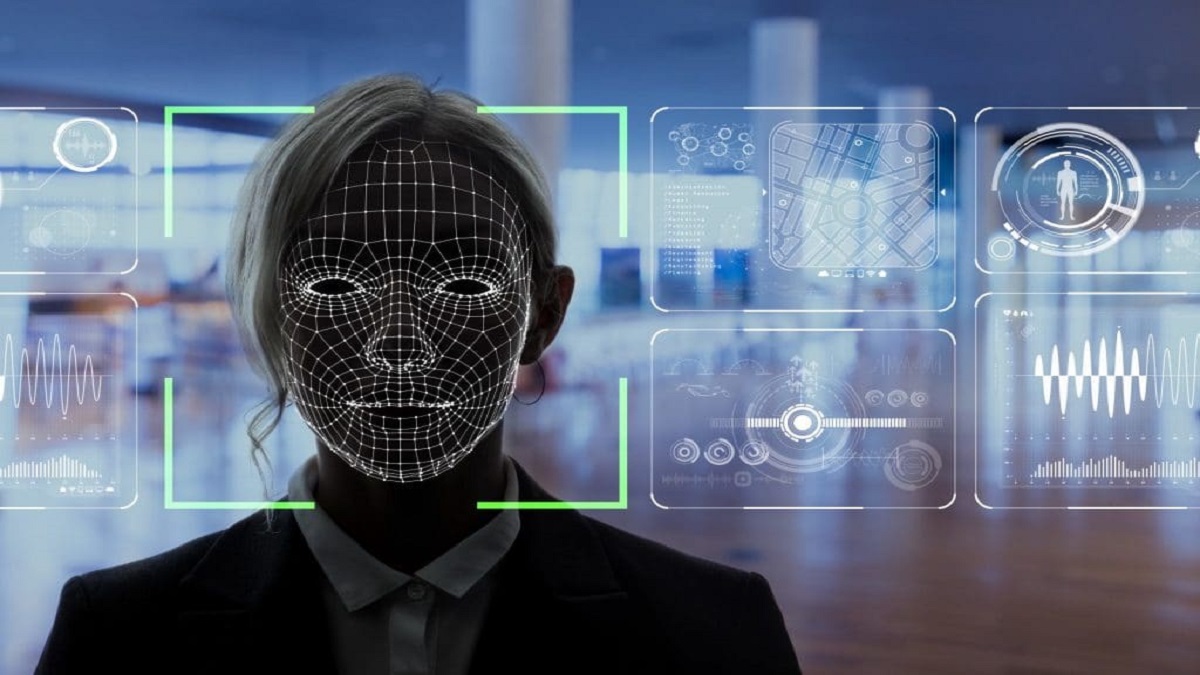An engineering professor at Brigham Young University (BYU), D.J. Lee has introduced a new technology, Concurrent Two-Factor Identity Verification (C2FIV) that offers a solution by adding facial gestures into the mix.
Face unlocking feature exists in almost all smartphones, but there remains no privacy when it still works when a user is asleep or even via photographs. As far as the finger touch feature is concerned, the person’s finger can be used to open the device even when he is asleep and so no privacy is left behind.
In this regard, D.J. Lee said, “The biggest problem we are trying to solve is to make sure the identity verification process is intentional,” stated Lee in the university’s post. “If someone is unconscious, you can still use their fingers to unlock a phone and get access to their device, or you can scan their retina. You see this a lot in the movies — think of Ethan Hunt in Mission Impossible even using masks to replicate someone else’s face.”
Read More: Facial recognition payment system launched in Russia
Instead of just analyzing facial features, C2FIV also requires a video of 2 seconds to be recorded of a person that performs a “unique facial action or a lip movement from reading a secret phrase.” Both facial gestures and facial recognition will be used to identify unlocking the device.
Moreover, there is good news for Privacy enthusiasts that C2FIV’s verification system doesn’t require a server to function. It can run locally on a device and makes it ideal for a smartphone, tablet, or laptop where users don’t want their biometric data shared in the cloud.
“How great would it be to know that even if you lost your car key, no one could steal your vehicle because they don’t know your secret facial action?” Lee added.





















